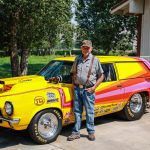Gypsum resident Dick Mayne has a need for speed, and a car that makes plenty of it
Mayne's race-modified Chevy Vega makes about 800 horsepower
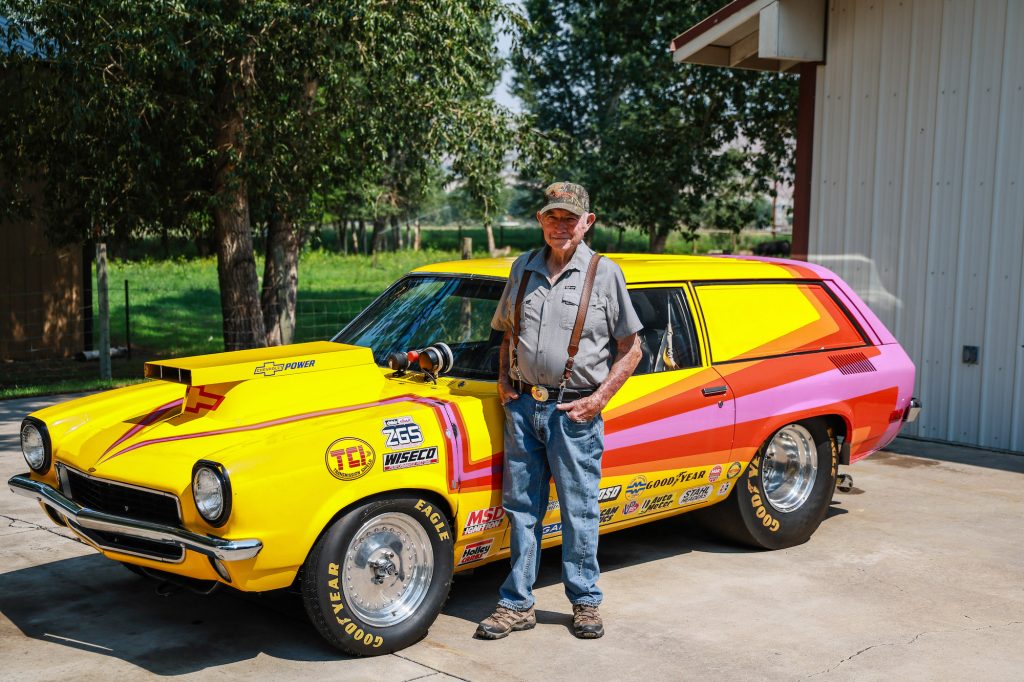
Chris Dillmann/Vail Daily
Dick Mayne is nearing 78 years old. He still has a need for speed.
A lifelong Gypsum resident, Mayne for the last 30 years has been working on his drag racer, a heavily modified 1971 Chevrolet Vega.
For those who don’t remember the Vega, it was Chevrolet’s attempt to compete with foreign economy cars. It was good-looking, but not much else. But a Vega in the right hands makes a dandy platform for a fire-breathing drag racer. It’s small, lightweight, and, with some persuasion, can be forced to accommodate all manner of gigantic engines and other go-fast parts.
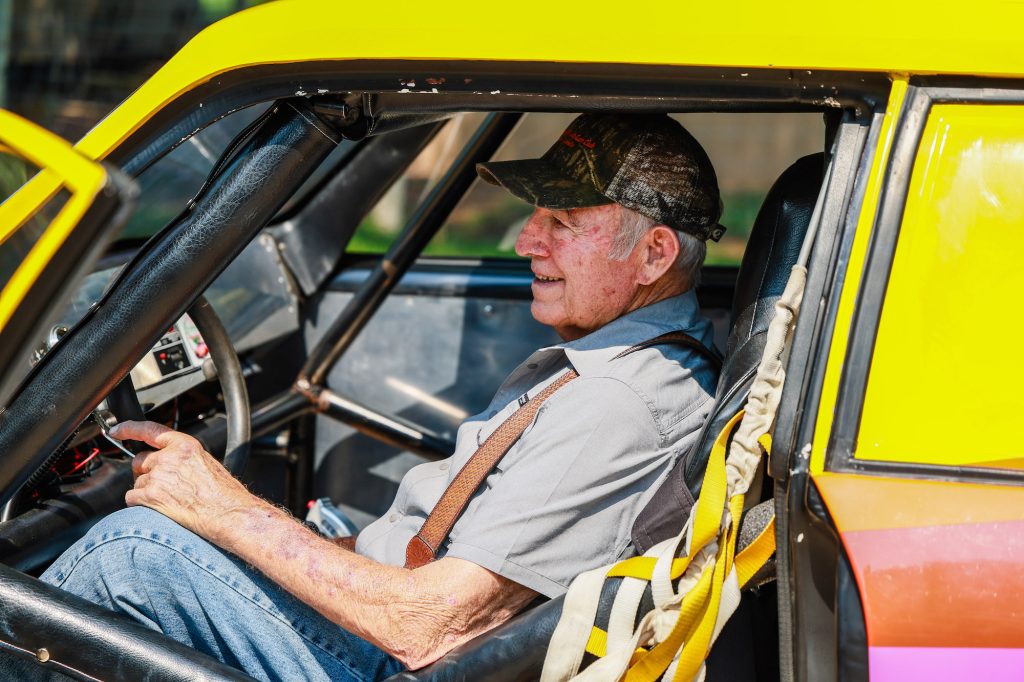
Mayne has a pair of those right hands.
For the past year or so, since triple-bypass surgery in the spring of 2024, Mayne has felt rejuvenated, for which he gives plenty of credit to the medical team at Valley View Hospital in Glenwood Springs.

Support Local Journalism
Time for fun
With Mayne feeling chipper again, it’s time to “have a little fun,” he said. That means it’s time to once again tackle the quarter-mile of asphalt at Western Colorado Dragway near Grand Junction.
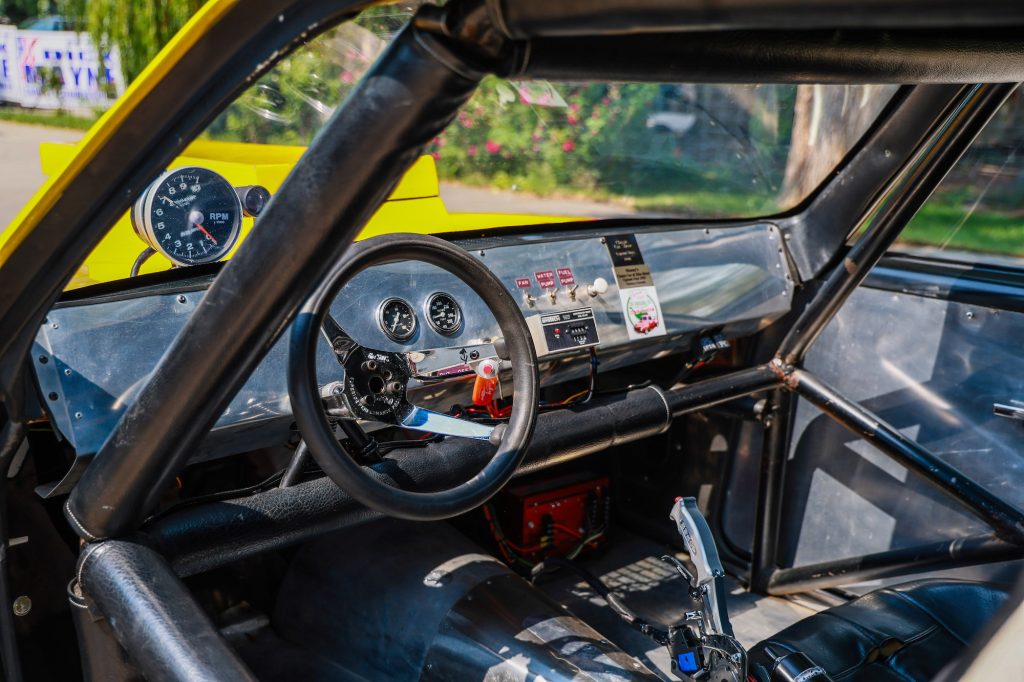
Mayne has had the drag-racing bug for years. When he sold his farm on what was then the edge of Gypsum to create the Horse Pasture subdivision in the 1990s, one of the things he did was get certified to go racing. The Vega is again certified to race. And when that little car is right, it’s fast.
The Chevrolet small-block V-8 in the car is tuned to make roughly 800 horsepower. That’s enough for it to make a quarter-mile pass in the 8-second range at about 180 mph.
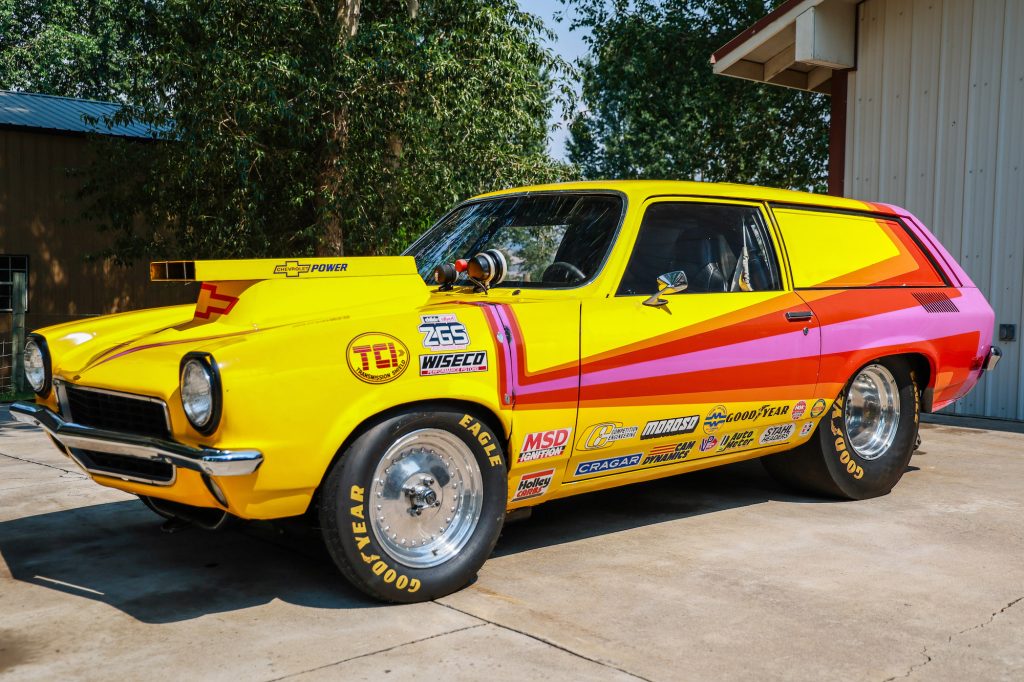
“It’ll move,” Mayne said. “When we get to where it’ll do what it can, it’ll get up there.”
It’s nice having a track relatively close, Mayne said. The modified cars — the ones that have giant motors stuffed into what were once regular cars from the 1960s and 1970s — run on Saturdays. The people who run them tend to be older, Mayne said — although most aren’t quite his age, he noted.
The younger drivers, those with highly modified, more modern compact cars, generally run on Fridays, which is “a chance to run what you’ve got,” he said.
Drag racing in times gone by was broken down into myriad classes. Today, the folks who run at Western Colorado Dragway mostly do something called bracket racing in four or five different classes. That’s where drivers compete against each other based on a predicted elapsed time, rather than just pure speed down the track. The goal is to get close to that time without going faster. If you go faster than you say you will, you’re out.
In addition to those running the quarter-mile, Mayne said there’s also a small class of drivers who run eighth-mile races. That’s “really competitive,” he said.
Speed takes effort — and cash
While the driving is fun, it takes a lot of effort to get to those few thrilling seconds of track time. In this world, that effort mostly is in the hands of the drivers.
There’s always safety gear to keep up to snuff, of course, and there are always mechanical gremlins to chase down in these highly-tuned cars.
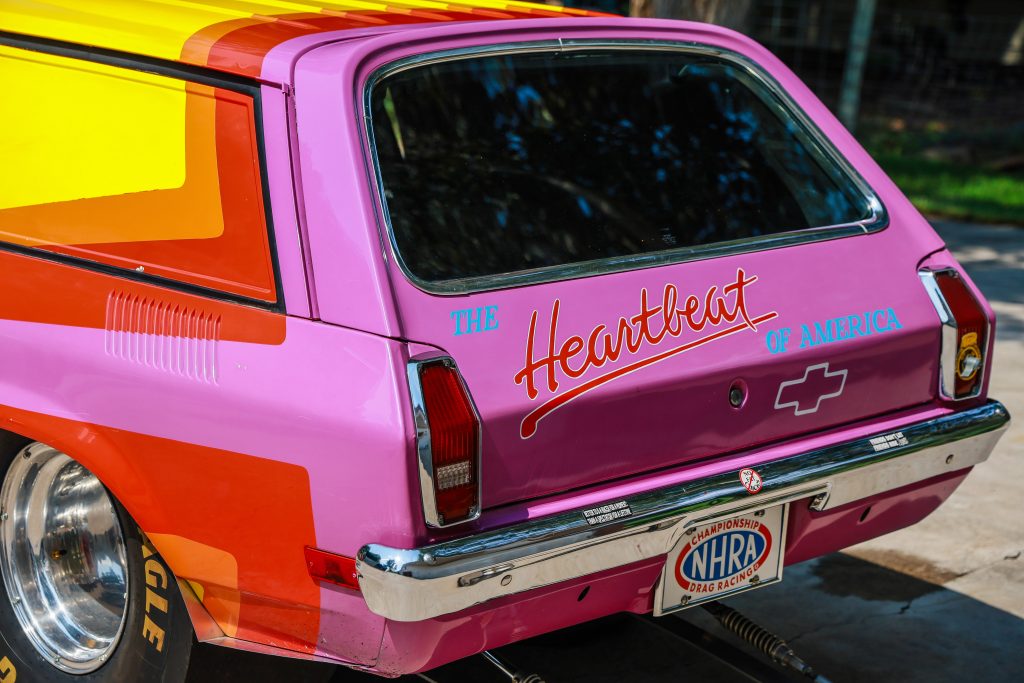
When interviewed for this story, the Vega needed a starter — which Mayne will install himself, of course — and a starter for an 800-horsepower race engine isn’t something you can just grab off the shelf at AutoZone. That starter has to turn over an engine that makes a lot of compression in each of its eight cylinders, and those starters aren’t cheap.
But “speed costs money,” Mayne said, echoing one of the oldest cliches in racing: “How fast do you want to go? How much money do you have?”
Still, those few seconds at 180 mph are worth it.





